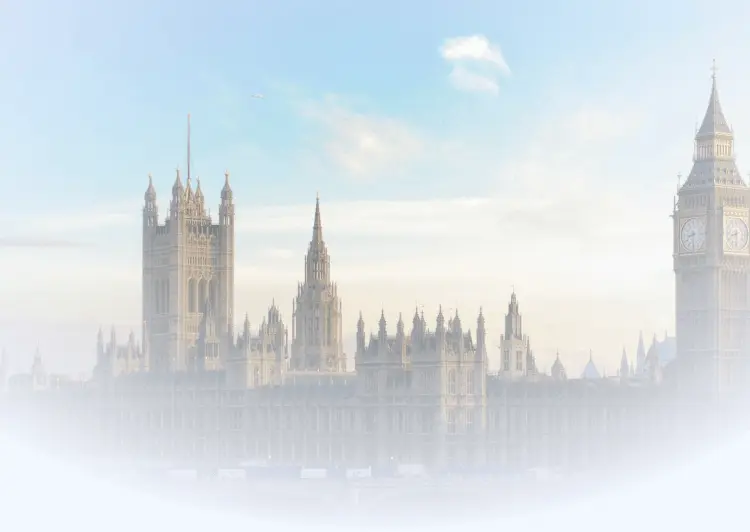You've decided the show you want to see. Now it's time to pick where you want to sit in the theatre auditorium. Deciding where to sit at the theatre can be tricky — working out your stall seats from your balcony benches isn't easy even for the keenest theatregoers.
Where are the best seats in a West End theatre?
Booking [theatre tickets](https://www.londontheatre.co.uk/whats-on) for a London show? We're here to help. Discover all the different parts of an auditorium and find the best seats for you.
What are Stalls Seats?
What are Premium Seats?
What is the Dress Circle?
What is the Upper Circle?
What is the Gallery?
What does Restricted View mean?
What does Box Seats mean?
What does Standing View mean?
Stalls seats are on the ground level of the theatre. Typically, stalls seats can be regarded as some of the best seats in the auditorium, due to their close proximity to the stage. If you're sitting in the first few rows of the stalls seats, you may even be able to touch the stage and see performers blink.
As is the case with the majority of West End theatres, there are numerous rows of stalls seats available to choose from. So, if you want to be in the thick of the action, or you want to be in the back, stalls seats offer ample opportunity to experience a West End show in a close, intimate manner. Stalls seats toward the back can sometimes be some of the cheapest seats for a performance, so you can definitely bag a bargain.
Alluded to in their name, premium seats are usually regarded as the best seats in the theatre. Often, they're not the closest seats to the stage. Typically, premium seats are a few rows back from the stage in the middle of the row, allowing audience members to see the entire stage without missing any action. As they're the best seats available, premium seating tends to come at a slightly extra cost. But, it's more than worth it to make sure you're in the top seats, and the envy of all other theatregoers.
Either called the dress circle or the royal circle (depending on the theatre), this refers to the second level or seating. If it's in a theatre with two levels, the dress circle will be the top level. Dress circle seating is a great option if you want to see every moment of a show from a higher level, rather than being on the same eyeline as the stage. This way, you can still be immersed by the action without worrying about missing anything that happens.
Many West End theatres have an overhang, meaning a higher level of seating can impact the audience sightlines of those in the back rows of a section. If you book seating towards the front of the dress circle, you could be as close to the stage as those towards the front of the stalls.
Either called the upper circle or the grand circle, this type of seating refers to the third seating level in an auditorium. Upper circle seats tend to be quite high, so you may not be able to work out the facial expressions of actors on stage. But, any performer will be able to carry their performance to the highest levels of the theatre. Upper circle seating is not recommended for those who suffer from vertigo either, but it's a perfect option if you're looking for a cheaper theatre ticket.
Either called a gallery or balcony seating, these are the highest seats around. There's only a couple of theatres with enough auditorium space to accommodate for gallery seating, with the Harold Pinter Theatre and Theatre Royal Haymarket allowing for four seating levels. To reach gallery seating at a theatre, you may have to climb additional sets of stairs and sit on benches. There may not plushy seats like lower levels, but if you're just wanting to be in the room, gallery seating is the way to go.
All seating levels in a theatre may have "restricted view" marked on specific seats. Each West End theatre will have varying numbers of restricted seats, labelled as such as there are obstructions that could impact the experience of viewing a particular show, including overhangs, safety rails and pillars.
If there's different scenic design in two productions at the same venue, there may be different restricted view seating. Before buying West End theatre tickets, you'll be able to see which seats are advertised with a restricted view. But don't worry about sitting in a restricted view seat, as you'll still be able to see the stage and catch a great show.
Want to see a show without sitting next to anyone else? Wishing you could have your own space in an auditorium? You can if you book box seats. Also known as a loge or loggia, box seating is great for small groups who are looking to stick together at the theatre without sitting in a line. Box seating is likely to be a more expensive seating option, but it's definitely worth it if you're looking for less interference around you.
The vast majority of London theatre tickets allow each attendee to have their own seat. But some theatres will let patrons in to stand. For example, audiences at Shakespeare's Globe can stand and watch a Shakespeare play, just like groundlings would have done centuries ago. Standing tickets may not be sheltered, so you'll have to pray that it's a sunny day. But a Shakespeare show at the Globe is a London must.




































